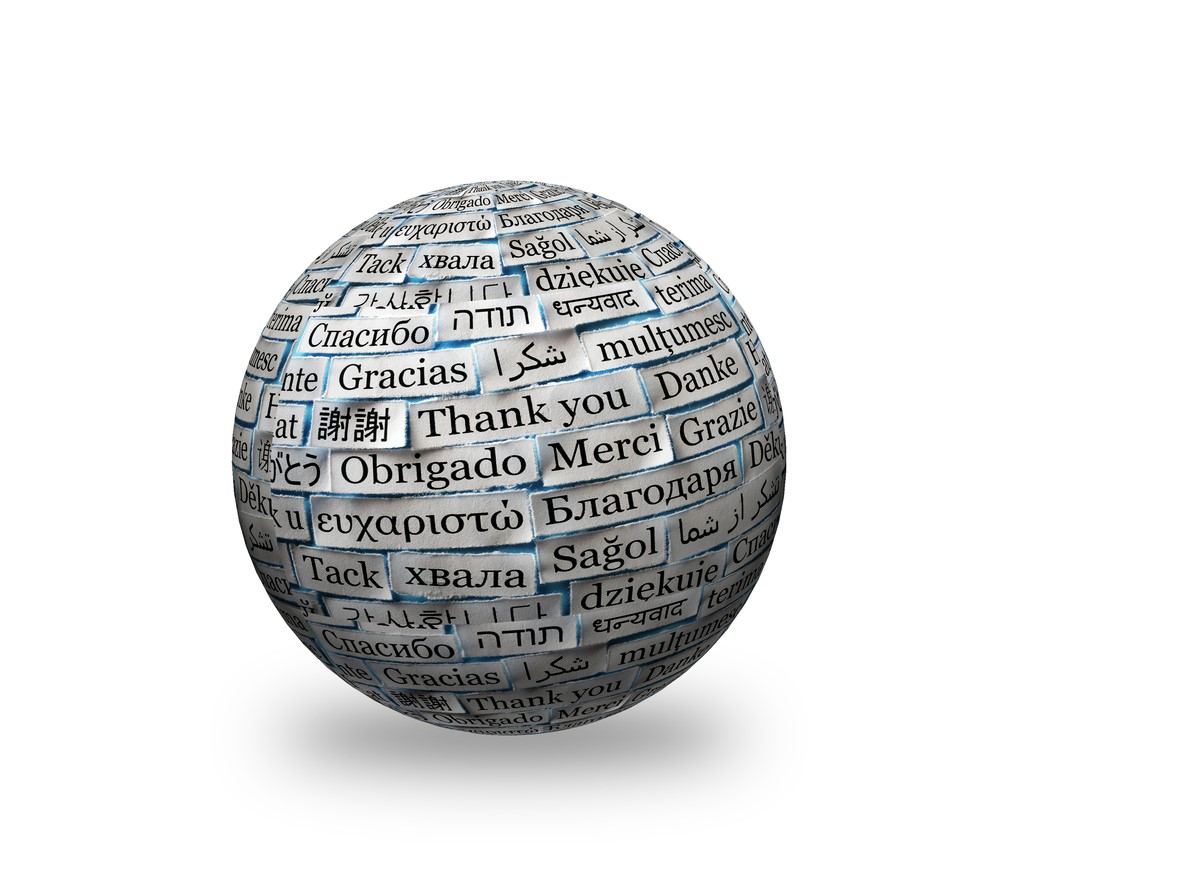
Differences between analytic and synthetic languages
A language is called ‘synthetic’ if it adds (bound) morphemes (i.e. inflectional morphemes) to words in order to indicate grammatical relationships. On the other hand, if a language indicates grammatical information through unbound morphemes or syntactical constructions, it is called ‘analytic’.
A simple example would help understand better: Future tense in English, French and Italian:
(1) I will eat an apple.
(2) Je mangerai une pomme.
(3) Mangerò una mela.
English (1) needs two unbound morphemes (‘I’ and ‘will’) in order to indicate future tense. It does not use any inflection and therefore fits the definition for ‘analytic’.
Italian (3) is in sharp contrast to that: Person and future tense is indicated solely through inflection. It does not need any kind of analytic constructions. So Italian future tense is synthetic.
French (2) is an interesting case: It cannot drop the personal pronoun (‘je’) but person and future tense are actually completely conveyed by inflection rendering the pronoun a bit redundant. It is therefore not so easy to tell whether the future tense in French is more analytic or more synthetic.
There are, for example, languages that are completely analytic meaning that they do not use any kind of inflection (e.g. Mandarin Chinese) but on the other hand, there is no completely synthetic language (although some come pretty close to that). This gave rise to the following distinctions:
A language is said to be ‘synthetic’ if inflection is the predominant way of indicating grammatical relationships.
A synthetic language is called ‘agglutinating’ if inflectional morphemes denote but one information (like gender, person, tense, mood). In Finnish, for example, the word ‘taloissani’ (= ‘in(side) my houses’) is comprised ‘talo’ (house) + i (plural marker) + ssa (inside) + ni (my). Every single one of these affixes indicates only one piece of grammatical information.
A synthetic language is called ‘fusional’ if inflectional morphemes denote multiple information. The Italian word ‘mangio’ (I eat) can be broken down to ‘mangi-’ (eat) + ‘o’ (1Person singular present indicative active). So the suffix ‘-o’ indicates a ton of information - this is why these are called ‘fusional’: all the different information ‘fused’ into one single morpheme. Compare that to Finnish where every affix denoted only one bit of information!
A synthetic language is called ‘polysynthetic’ if it uses a lot of affixes per word to the point where one single inflected verb can represent a whole sentence. An interesting example is Ainu: ‘Usaopuspe aeyaykotuymasiramsuypa’ (lit. 'I keep swaying my heart afar and toward myself over various rumors' = ‘I wonder about various rumours) where ‘aeyaykotuymasiramsuypa’ is a single inflected verb. Polysynthetic languages can be fusional or agglutinating although most of the tend to be agglutinating.
Likewise, a language is said to be ‘analytic’ if analytic constructions are the predominant way of indicating grammatical relationships. For instance, an analytic language that uses close to or no inflection at all is called ‘isolating’. Mandarin Chinese for example.
Languages are rich and there’s a lot to learn about them.
©TranslatorPub.com 2025 All Rights Reserved.
Mail comments and suggestions to info@translatorpub.com
| Privacy Policy
| Sitemap.




